
The Mass, a form of sacred musical composition, is a choral composition that sets the invariable portions of the Eucharistic liturgy to music. Musical Masses take their name from the Catholic liturgy called "the Mass".

The Mass in B minor, BWV 232, is an extended setting of the Mass ordinary by Johann Sebastian Bach. The composition was completed in 1749, the year before the composer's death, and was to a large extent based on earlier work, such as a Sanctus Bach had composed in 1724. Sections that were specifically composed to complete the Mass in the late 1740s include the "Et incarnatus est" part of the Credo.
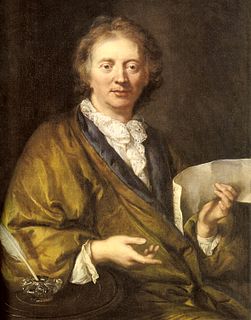
François Couperin was a French Baroque composer, organist and harpsichordist. He was known as Couperin le Grand to distinguish him from other members of the musically talented Couperin family.

André Caplet was a French composer and conductor now known primarily through his orchestrations of works by Claude Debussy.
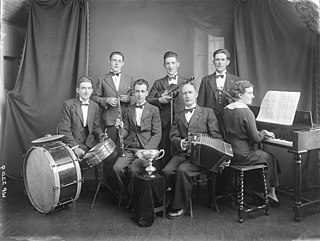
A septet is a formation containing exactly seven members. It is commonly associated with musical groups but can be applied to any situation where seven similar or related objects are considered a single unit, such as a seven-line stanza of poetry. In jazz, a septet is any group of seven players, usually containing a drum set, string bass or electric bass, and groups of one or two of the following instruments, guitar, piano, trumpet, saxophone, clarinet, or trombone. See, for example, Miles Davis, and Chick Corea's 1984 album, Septet.
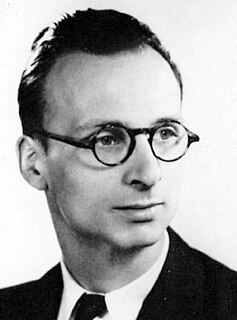
Jehan-Aristide Paul Alain[ʒɑ̃ aʁist alɛ̃] was a French organist, composer, and soldier. Born into a family of musicians, he learned the organ from his father and a host of other teachers, becoming a composer at 18, and composing until the outbreak of the Second World War 10 years later. His compositional style was influenced by the musical language of the earlier Claude Debussy, and his contemporary Olivier Messiaen, as well as his interest in music, dance and philosophy of the far east. At the outbreak of the Second World War, Alain became a dispatch rider in the Eighth Motorised Armour Division of the French Army; he took part in the Battle of Saumur, in which he was killed.

The Glagolitic Mass is a composition for soloists, double chorus, organ and orchestra by Leoš Janáček. The work was completed on 15 October 1926 and premiered by the Brno Arts Society, conducted by Jaroslav Kvapil, in Brno on 5 December 1927. Janáček revised the mass the next year. The Glagolitic Mass is one of the most remarkable and important musical religious works of the twentieth century.
Gaspard Corrette was a French composer and organist.

Mélanie Hélène Bonis, known as Mel Bonis, was a prolific French late-Romantic composer. She wrote more than 300 pieces, including works for piano solo and four hands, organ pieces, chamber music, mélodies, choral music, a mass, and works for orchestra. She attended the Paris Conservatoire, where her teachers included Cesar Franck, Ernest Guiraud, and Auguste Bazille.

Gaston Gilbert Litaize was a French organist and composer. Considered one of the 20th century masters of the French organ, he toured, recorded, worked at churches, and taught students in and around Paris. Blind from infancy, he studied and taught for most of his life at the Institut National des Jeunes Aveugles.

The Mass No. 3 in F minor, WAB 28, is a setting of the mass ordinary for vocal soloists, chorus and orchestra, and organ ad libitum, that Anton Bruckner composed in 1867–1868.

The Mass No. 2 in E minor, WAB 27 is a setting of the mass ordinary for eight-part mixed choir and fifteen wind instruments, that Anton Bruckner composed in 1866.

Ignace Michiels is a Belgian organist, choral conductor and organ teacher. He is internationally known as a concert organist.
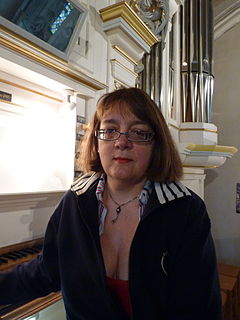
Helga Schauerte-Maubouet is a German-French organist, writer and editor of music. Schauerte has recorded the complete organ works of Jehan Alain, Dietrich Buxtehude, and J. S. Bach, portraits of Buttstett, Corrette, Reger, Boëllmann, Dubois and Langlais, comprising some thirty recordings). She works as a performing artist in Europe and throughout the USA, and is Organist of the German Lutheran Church in Paris, and teaches at the Paris Conservatory Nadia et Lili Boulanger. She is also lecturer and jury member for international organ competitions.

Thierry Joseph-Louis Escaich is a French organist and composer.
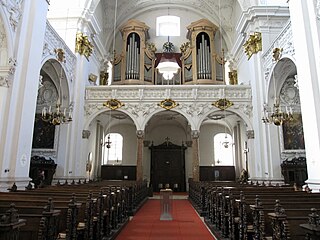
Ave Maria, WAB 6, is a sacred motet by Anton Bruckner, a setting of the Latin prayer Ave Maria. He composed it in Linz in 1861 and scored the short work in F major for seven unaccompanied voices. The piece, sometimes named an Offertorium, was published in Vienna in 1867. Before, Bruckner composed the same prayer in 1856 for soprano, alto, a four-part mixed choir, organ and cello, WAB 5. Later, he set the text in 1882 for a solo voice (alto) and keyboard, WAB 7.

The Requiem, full title Messe de Requiem, Op. 54, is a Requiem Mass composed by Camille Saint-Saëns in 1878 for soloists, choir and orchestra. He composed it in memory of his friend and patron, Albert Libon, and conducted the first performance on 22 May 1878 at Saint-Sulpice in Paris, with Charles-Marie Widor as the organist. It was first published the same year.
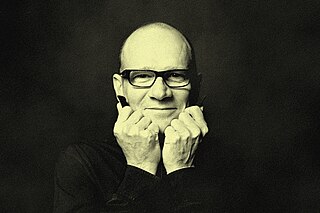
Joël Suhubiette is a contemporary French choral conductor. In particular, he conducts the chamber choir Les Éléments which he founded in Toulouse and with which he received a Victoire de la musique classique in 2006 and the Ensemble Jacques Moderne in Tours.

Bruno Boterf is a contemporary French tenor, specialising in Baroque and early music.

Chanson à bouche fermée, JA 039, is a composition for unaccompanied four-part choir by Jehan Alain. He wrote the music in 1933. It is to be performed with closed mouth. It was published in 1989, edited by his sister Marie-Claire Alain.



















